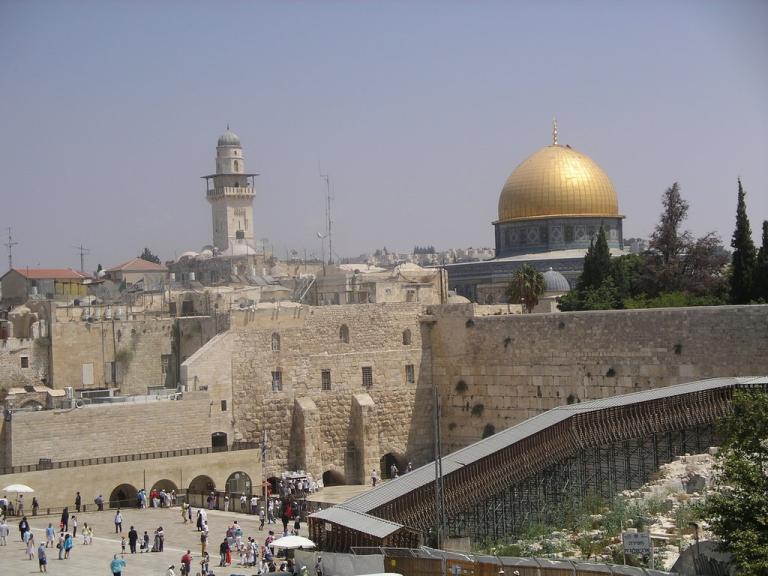London’s historic St. Paul’s Cathedral, which survived Hitler’s blitz and the assassination of Thomas à Becket, has been forced to close its doors due to the “Occupy London Stock Exchange” protests.
The dean of the cathedral, the Right Reverend Graeme Knowles, is “now publicly regretting the leniency,” he extended to the protesters, reports Charles C.W. Cooke in National Review magazine.
“If Dean Knowles had expected to be afforded the same respect by OLSX that he has become accustomed to from his parishioners, he was sorely mistaken. Since their free pass was issued, the people-in-tents have made it blindingly obvious that they are not merely differently dressed members of the City of London’s laity, but, literally, occupiers intent on holding the fort at all costs,” writes Cooke.
“When the first protesters arrived, the cathedral’s authorities turned the other cheek, accepting the imposition of the protest camp with alacrity. St. Paul’s even took the unusual step of instructing London’s police to leave the protesters where they were.
“As the crowd has grown to 2,000 strong, access to the landmark has been gradually blocked, forcing St. Paul’s to close its doors for the first time since 1940, when German bombs rained indiscriminately down on the city during the Blitz and an unexploded incendiary forced evacuation for a few days while the device was removed.”
“We have done this with a very heavy heart,” the Right Reverend Knowles announced at a press conference, “but it is simply not possible to fulfill our day-to-day obligations to worshippers, visitors, and pilgrims.”
Reluctantly, the dean has now asked the protesters to leave, which they have refused to do, reports the British daily newspaper, the Telegraph. Each day that it is shuttered, St. Paul’s loses $26,000 to $37,000 in tourist revenues, reports Cooke, “a crippling blow to a glorious 300-year-old building.”
“St. Paul’s cathedral has stood proud, open, and unharmed through twelve monarchs, an abdication crisis, two world wars, repeated terrorist atrocities, the fight over female suffrage and fundamental constitutional change,” notes Cooke. “During the dark days of the Second World War, it seemed almost preternaturally preserved from harm:
“As bombs dropped all around, destroying everything in sight, its celebrated dome poked imperforate through clouds of smoke, and a famous photograph provided succor to millions of weary Londoners. Since its consecration in 1708, St. Paul’s has been a happy constant in British life. It would be a tragedy if this stellar record of openness and repair were eventually blighted by 2,000 heedless members of a rag-tag mob camped out aimlessly on the streets of the capital.”


